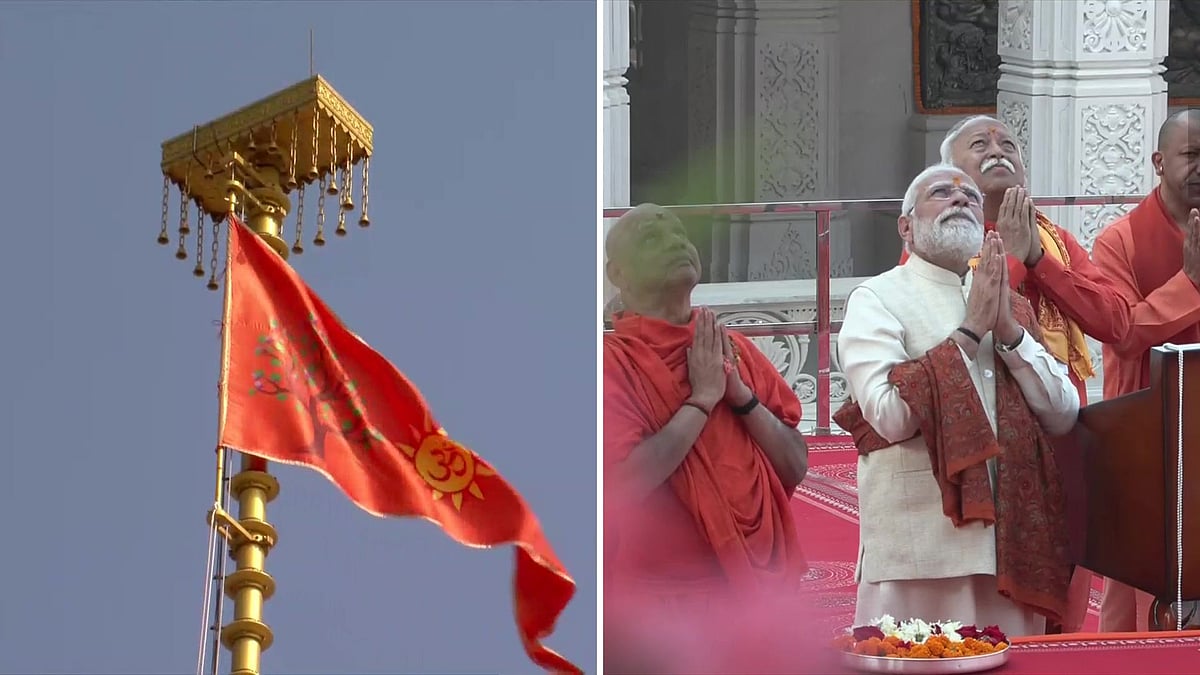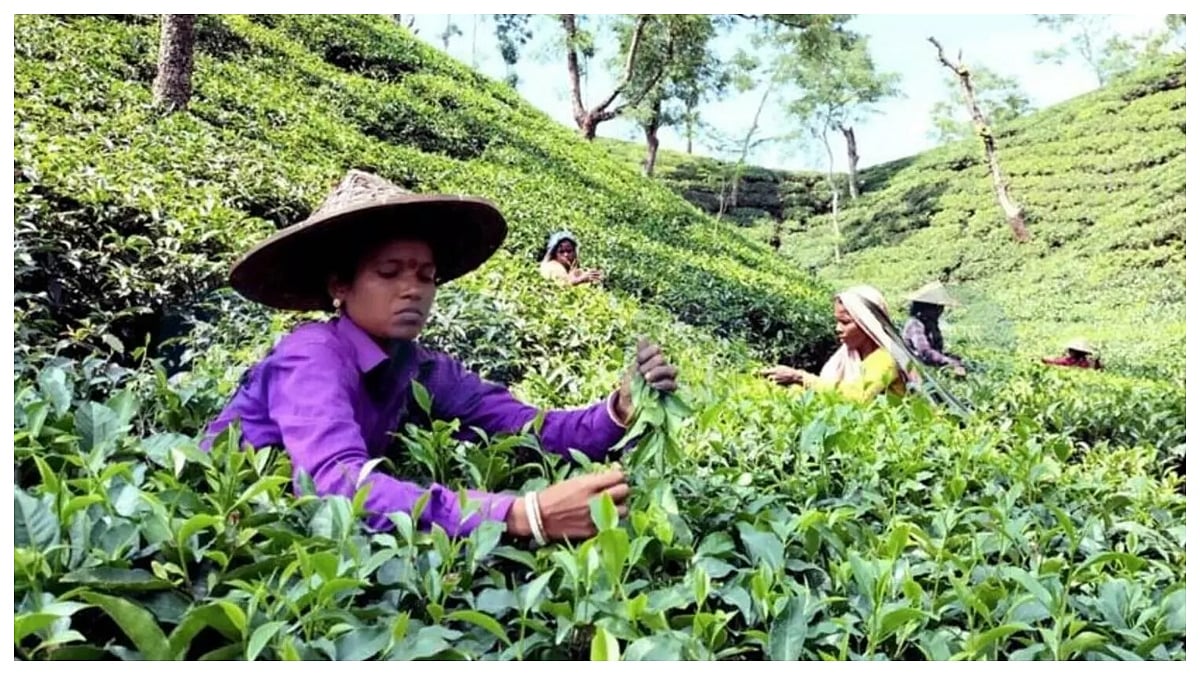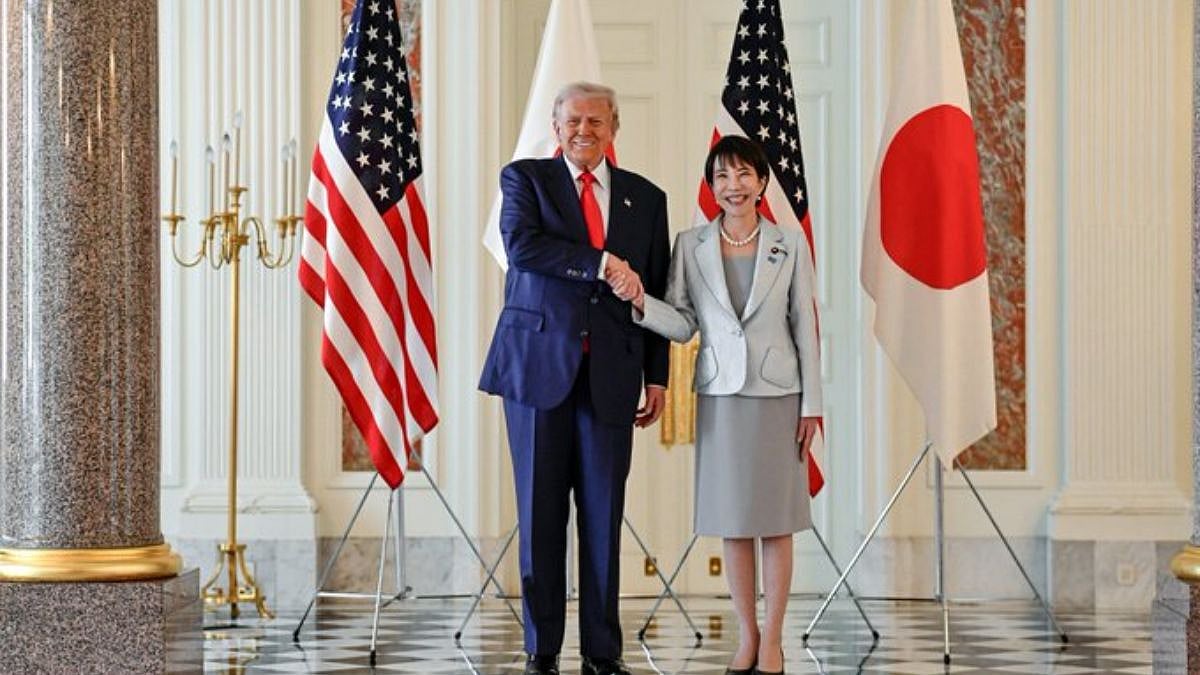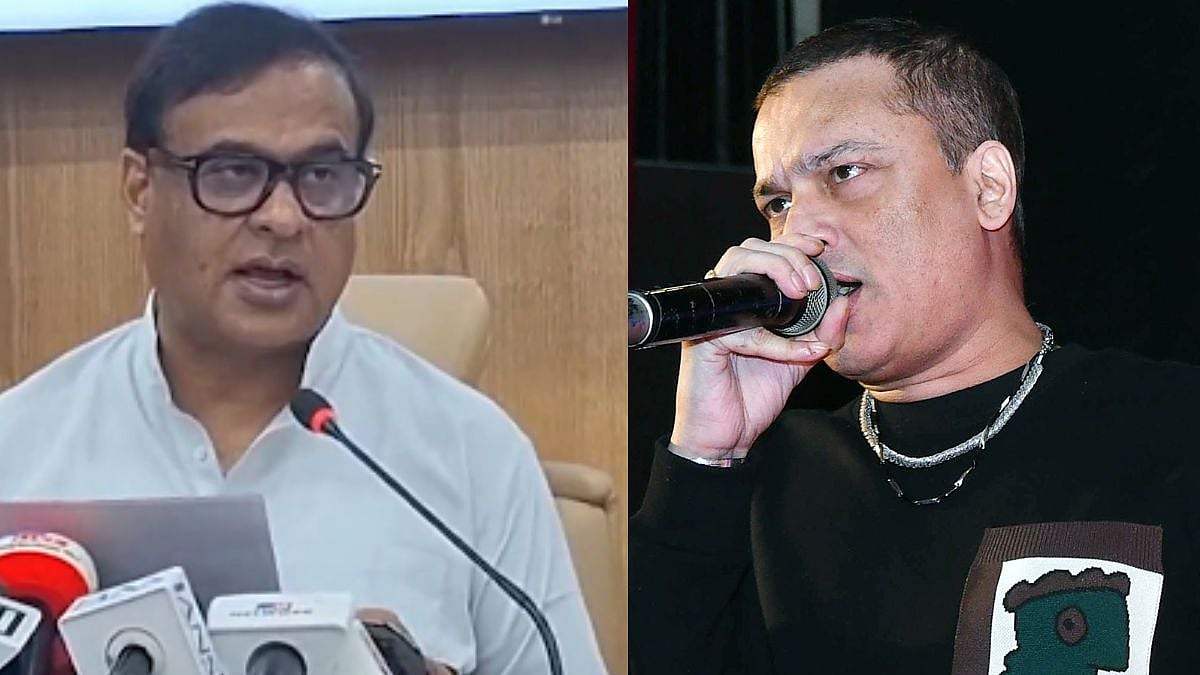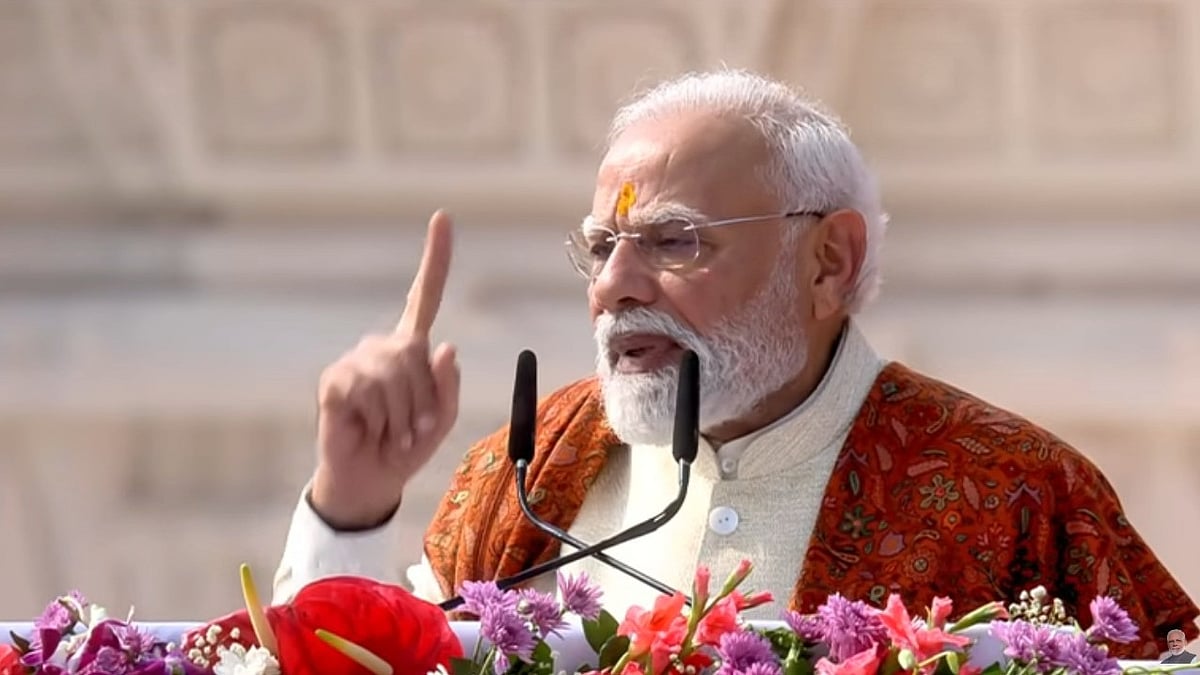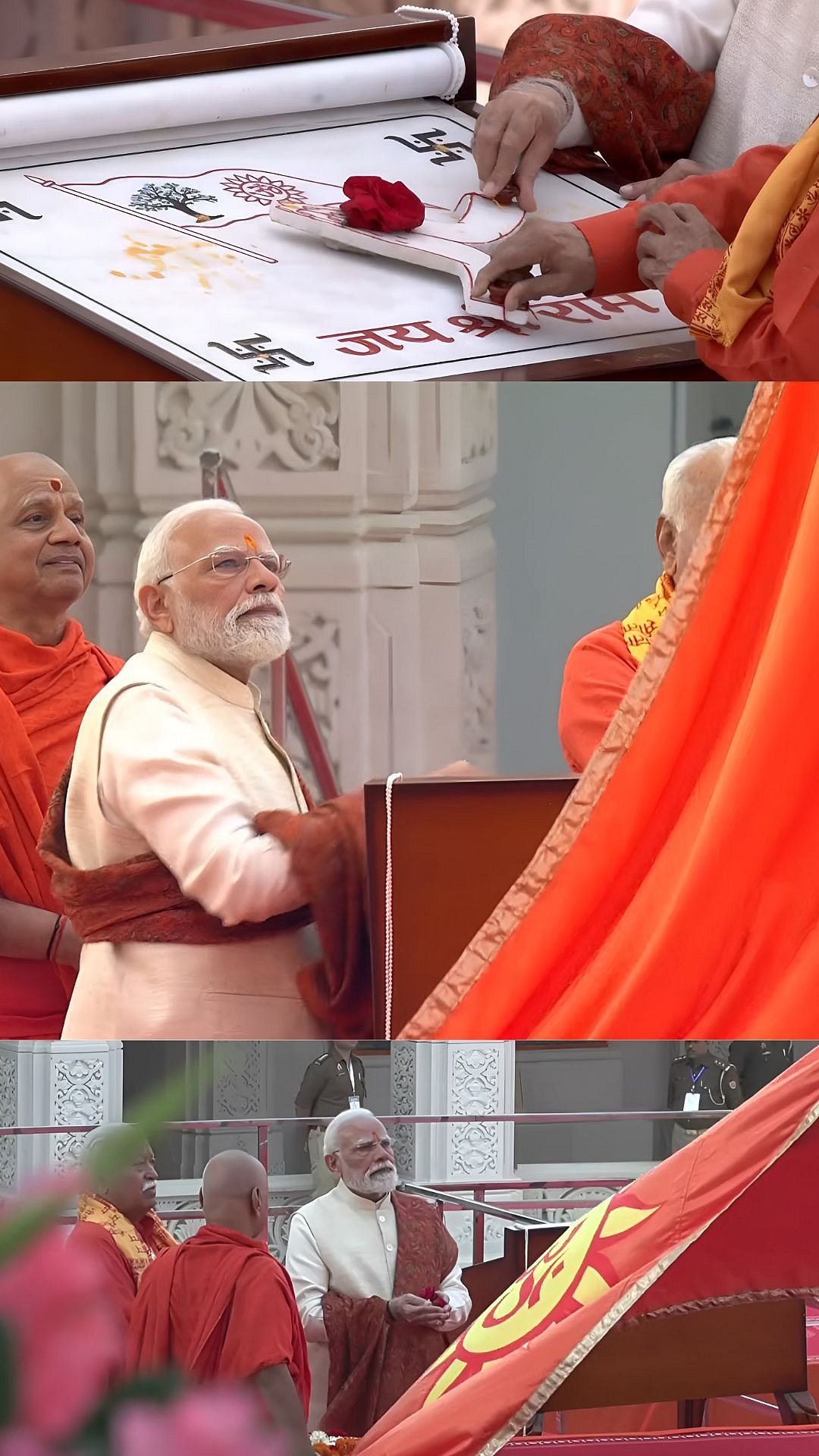Ayodhya: Prime Minister Narendra Modi, on Tuesday, November 25, hoisted a saffron flag atop the newly completed Ram Mandir, formally marking the end of the temple’s construction.
The ceremony, held amid large crowds and steady chants of Jai Shri Ram, drew thousands of devotees who began arriving from early morning.
Prime Minister performs rituals across key temples before ceremony
PM Modi reached Ayodhya earlier in the day and was received by Uttar Pradesh Chief Minister Yogi Adityanath. He first visited the Sheshavatar Mandir before proceeding to the Saptamandir complex, where he performed rituals alongside RSS chief Mohan Bhagwat and Uttar Pradesh Chief Minister Yogi Adityanath. The Saptamandir houses shrines dedicated to Maharshi Vashishtha, Maharshi Vishwamitra, Maharshi Agastya, Maharshi Valmiki, Devi Ahilya, Nishadraj Guha and Mata Shabari.
PM Modi and Bhagwat then offered prayers at the Ram Darbar Garbh Grah. Visuals released from inside the complex also showed the first images of the Ram Darbar ahead of the flag hoisting. Sculptor Prashant Pandey, who worked on the Ram Darbar, told reporters, “It is our eyes and heart which see things. I cannot express in words the joy in my heart. We have been blessed with this good fortune.”
Devotees and visiting seers began gathering before sunrise, with many describing the city as transformed for the occasion. Special prasad was delivered to the temple for distribution, and prayers were held across Ayodhya on the occasion of Vivah Panchami.
Local artists carrying traditional instruments performed along the route of the Prime Minister’s roadshow. His procession travelled one kilometre and passed 12 designated welcome points and seven cultural platforms featuring music and dance.
The saffron flag, measuring 10 by 20 feet and featuring a radiant sun, an Om symbol and the Kovidara tree, was raised in the presence of dignitaries. Among the invitees was Iqbal Ansari, a former litigant in the Ram Janmabhoomi Babri Masjid case.
